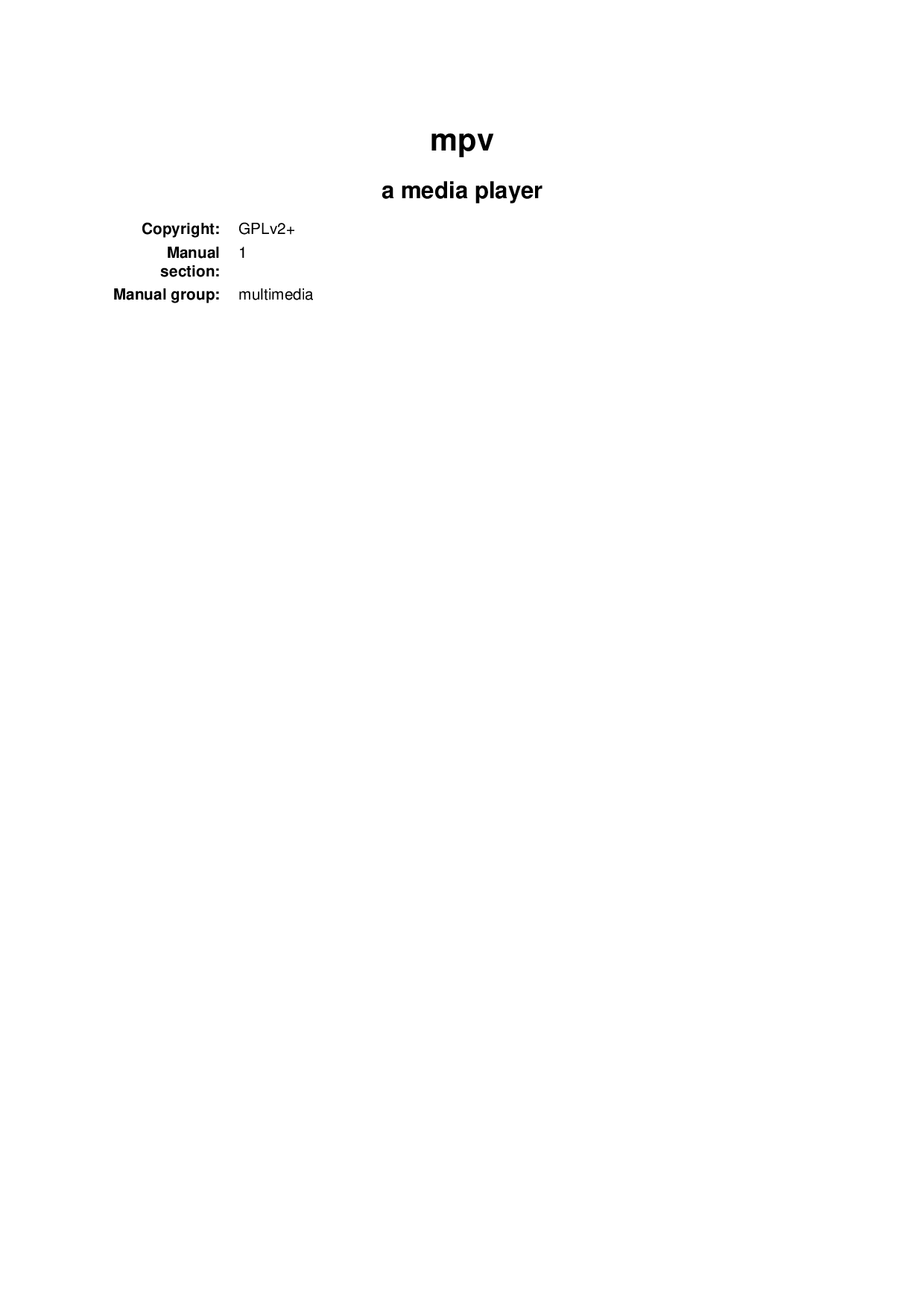

If you find the divider bars distracting they can be turned off in Preferences->Formatting (This is a Mac feature only). As you move your curser through the document, the Header will reflect the chapter or scene you’re in.Įach section is divided by divider bars (dashed lines in Windows).

When I scroll down, I’ll see Part 2 and further down I’ll see Part 3. So the Header is title Julius followed by Composite -Part 1. For this example, I want to see the entire manuscript. The Header bar displays the Name followed by Composite. In the Editor, the files appear as one long, continuous document. You’ll see that when you select numerous text files or a container that holds numerous files, “Document” switches to Scrivenings. You can access either from the toolbar in the grouped View Mode icons or View->Scrivenings. To access Scrivenings mode first select the container in the Binder, or you can select multiple text files in the Binder. So it shouldn’t come as a surprise that Scrivener has an ingenious function called Scrivenings mode that’s let’s you see the whole kit and kaboodle in the Editor. Let’s say that you want to see your entire manuscript in the Editor so you can determine which points in your novel need revising, and how well it flows. You’ll avoid wasting time on formatting and save yourself from having a bald spot. However, to avoid all of these steps simply use Paste and Match Style and use it liberally whether it’s text from the internet, a word document, an email, or a PDF file. To convert that into text, go to the menubar select Table->Convert->Table to Text. But it’s still a giant cell and it will continue to cause formatting issues.

To fix the run-off, go to the Tables->Tables Layout tab, click on Autofit->Autofit to Contents. You’ll see that a small square with an arrowed plus sign indicates it’s a cell (a text block in this case). Because it was a text block, Word was translating it as a giant cell. That’s the easy solution, but I had to know why it was happening and if there was another way to fix it. When you use Paste and Match Style what happens is that you lose all the formatting from the original source and when you paste it, the application picks up the formatting characteristics (font, spacing, margins, etc) from its destination-in this case, my Scrivener project. Simply copy the text you want in Scrivener, go to Edit->Paste and Match Style and voila! To be honest, this was a reminder for me, I’ve used it in the past in Word, but never in Scrivener. To avoid pulling your hair out of your head as I did, there’s a simple solution: Paste and Match Style. What I hadn’t realized was I copied the text from hidden text blocks. I went to the Scrivener User’s community and told them what had occurred, and after much back and forth answering questions by a member, I finally figured out the issue: I had copied a marketing letter from an AWeber email and pasted it into my Scrivener project so I could work on a follow-up version. Why?Īfter several exporting attempts, going to Preferences, figure out my settings, fiddling, and setting everything back to default, I re-exported the document for both rtf and docx, and I still experienced the same snafu. The text opened in Nisus Writer Pro and it still seemed off. I figured that to preserve the formatting I need to export it as. docx to Word, resulting, much to my chagrin, with the text running off the page.

Last Thursday, after I finished writing some copy for a client, I exported my Scrivener document as.


 0 kommentar(er)
0 kommentar(er)
